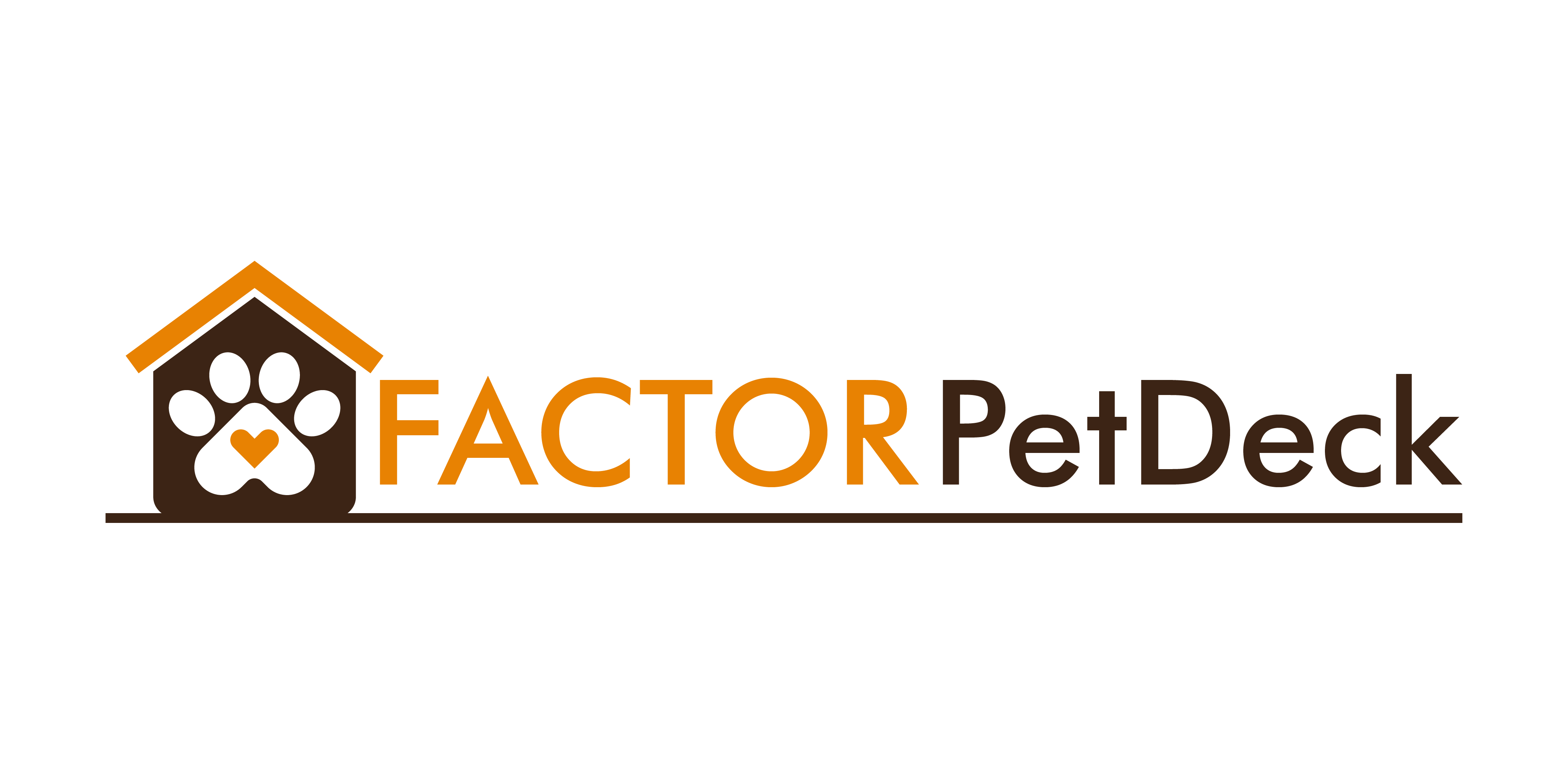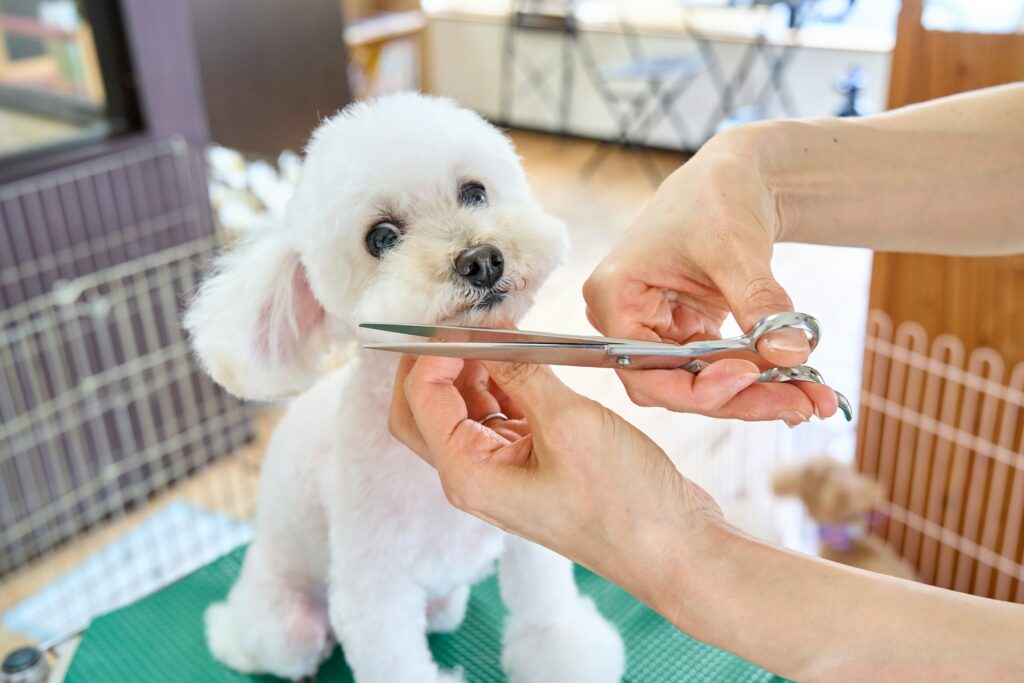Why a Pet-Friendly Home Matters
Building a space that’s truly pet-friendly goes beyond tossing a dog bed in the corner. This is about the health, safety, and emotional well-being of your animal—and the ease and peace of your day-to-day life. Pets thrive when their environment supports their natural behavior. That means fewer accidents, fewer stress triggers, and more calm, repeatable routines. Your home sets the tone.
A thoughtful setup also makes caring for your pet easier. Less mess. Less risk. Fewer things to monitor late at night or clean up after a long day. And when your pet isn’t stressed, you’re not stressed. It’s a win on both ends of the leash.
Most of all, a pet-friendly home opens up space for better bonding. When your home gives your pet room to play, rest, and feel secure, they’re freer to engage with you. That connection—reliable, relaxed, and honest—is what turns pet ownership into long-term companionship.
Tip 1: Choose Pet-Safe Materials
Creating a pet-friendly home starts with smart material choices. Your floors, walls, and furniture need to be both durable and safe—not just stylish. Here’s how to design with your pets in mind from the ground up.
Pet-Proof Flooring
Your floors take a beating in a pet household. Claws, accidents, and constant foot traffic can leave lasting marks.
- Scratch-Resistant Options: Opt for materials like luxury vinyl, tile, sealed hardwood, or laminate. These are tough against claws and easy to clean.
- Soft Area Rugs: Machine-washable rugs help protect flooring while providing comfort for pets—especially older animals who need cushioning.
- Avoid Carpet When Possible: It traps fur, dander, and odors, and can be harder to keep clean after accidents.
Non-Toxic Paints and Finishes
Your walls and surfaces should be safe for curious noses and paws that often explore more than you expect.
- Low-VOC or VOC-Free Paints: These minimize exposure to harmful chemicals for both pets and humans.
- Safe Sealants and Finishes: Choose water-based options that are labeled pet- or child-safe when sealing floors, cabinets, or wooden furniture.
- Wipeable Surfaces: Semi-gloss or satin paints allow for easier cleanup of paw prints, drool, or nose smudges.
Durable, Pet-Friendly Furnishings
Your furniture doesn’t need to be off-limits—it just needs to be chosen with your furry roommate in mind.
- Sturdy, Tightly Woven Fabrics: Go for microfiber, canvas, leather (real or faux), or outdoor fabrics that repel fur and are resistant to scratching.
- Removable/Washable Covers: Choose cushions or pillows with zippers so you can easily throw the covers in the wash.
- Avoid Delicate Trims: Skip fringes, tassels, and exposed buttons—they’re a chewing temptation and a potential hazard.
Choosing materials that work for you and your pet leads to fewer messes, lower maintenance, and a much more enjoyable shared space.
Tip 2: Designate Pet Zones
Pets, like people, thrive on routine and having a place to call their own. Start by carving out low-traffic spots for core needs—sleeping and feeding. A sturdy pet bed tucked away from footpaths or noisy appliances gives your animal a real sense of security. Same goes for feeding zones: set them up in corners that don’t see a lot of door swings or constant activity. Consistency helps reduce stress, especially for anxious pets.
Barriers can work with your space, not against it. Use baby gates or soft crates to create limits without turning your home into a maze. Look for portable options that don’t ruin your layout or aesthetic—think clean lines, neutral tones. It’s not about confinement; it’s about giving structure.
In smaller homes or apartments, cozy corners become essential. Utilize vertical space or unused nooks—under a console table, beside a bookshelf, even a repurposed closet—to house your pet’s essentials. Add a washable mat, a favorite toy, and you’ve got a custom retreat that doesn’t cramp your style. Function, meet comfort.
Tip 3: Rethink Home Décor
Pets don’t care how much you spent on that vase. If it’s within reach, it’s probably going to end up on the floor. Rethinking home décor starts with removing fragile, chewable, or topple-prone items from common areas. Small knickknacks and anything that could become a choking hazard—especially for curious paws or snouts—should either be stored out of reach or skipped entirely.
Pet-friendly homes make smart use of storage. Bins or baskets with lids keep toys contained and out of sight when needed. Airtight, stackable containers work well for food and treats, keeping smells in and pests out. Try integrating dedicated drawers or cabinets near feeding areas to help you stay organized without letting the pet stuff dominate your space.
Function doesn’t have to kill style. There are plenty of modern pet beds, mats, and even litter boxes that blend into your home’s look—think neutral tones, clean lines, and natural textures. Look for elevated beds with minimalist frames, or hide litter boxes inside benches or cabinets that double as furniture. Your home can still feel like yours—it just needs to work for them, too.
Tip 4: Safety Comes First
Creating a truly pet-friendly home means spotting danger before it happens. The average house is full of hidden hazards—wires to chew, windows left cracked open, and everyday cleaners that are more toxic than we tend to notice. Start by walking through each room from your pet’s point of view. What’s within reach? What looks chewable, spillable, or climbable? That’s your checklist.
Electrical cords are a classic issue—tape them down, tuck them out of reach, or invest in cord covers. Cleaning products should be stored high or locked away, not under the sink where a curious nose could get into trouble. Even everyday items like essential oils or chocolate stashed in a low drawer can pose serious risks. Make it hard to access, or get it out entirely.
Windows present another challenge—especially for cats. If they can open or tilt, they can be dangerous. Secure them or add screens. Trash bins should come with lids that click shut or be hidden behind cabinet doors. Some pets treat garbage like a buffet, and that doesn’t end well. Baby locks on low cupboards or simple latches on drawers can go a long way. Safety here isn’t about overhauling your whole home. It’s about making smart, small changes that prevent big problems.
Think of it as future-proofing—for fur, paws, and peace of mind.
Tip 5: Indoor Enrichment Must-Haves
If your pet’s stuck inside more than they’d like, your home needs to work harder. Climbing towers and wall-mounted shelves are more than cat furniture—they create vertical territory. Cats need that mix of movement and quiet resting spots, especially in multi-pet homes where space can feel tighter.
Dogs? Give them a job. Puzzle feeders, frozen treat toys, and safe chewables keep boredom at bay and teeth off your table legs. Rotation is key: introduce a few toys at a time, swap them out every week or two.
For pets who go 0 to 100—or never seem to stop pacing—think interactive play or training games that burn mental energy. Hide-and-seek with treats, indoor fetch (with soft toys, please), even basic nose work using boxes or laundry baskets can settle an overstimulated pup or curious kitten.
The goal is to bring structure and fun into their daily routine without turning your living room into a pet gym. A little planning goes a long way toward healthy pets—and intact furniture.
Tip 6: Outdoor Access Done Right
Letting your pet enjoy the outdoors doesn’t mean letting safety slide. Start with your garden. Many well-meaning homeowners plant flowers that can actually be toxic to animals. Avoid lilies, foxglove, and azaleas. Instead, opt for pet-safe choices like marigolds, snapdragons, and rosemary. If you’re growing fruits or herbs, make sure nothing drops to the ground that could cause harm—like grapevines or onions.
Next, containment. A high fence doesn’t always mean escape-proof. Dogs dig, cats climb, and some pets muster Houdini-level maneuvers. Stick with solid fencing, bury wire or mesh under the soil to prevent digging, and use angled toppers if you’ve got a climber. Gates need to latch securely—double-check the lock after every use.
Don’t forget comfort. Animals need breaks from heat and cold. Designate shady spots that stay cool in peak sun, and make sure your space includes a water source that’s always accessible and fresh. Whether it’s a self-filling bowl or a shaded fountain, hydration should never be an afterthought.
Landscaping with pets is less about picture-perfection and more about smart, safe design. Think like an animal, plan like a minimalist, and you’ll have a yard every species can relax in.
Tip 7: Cleanliness Without Stress
Living with pets can get messy fast—fur in the corners, nose smudges on windows, surprise puddles underfoot. But keeping your home clean doesn’t have to be a daily battle if you’ve got the right gear. Start with the basics: a high-powered vacuum designed for pet hair is essential. Look for one with a HEPA filter to help capture dander and allergens. Lint rollers are fine in a pinch, but a rubber brush or handheld pet hair remover beats them for serious fur control on furniture.
Steam mops are another smart pick. They clean up paw prints and spills fast—with just water—cutting down on chemical cleaners. That matters because harsh disinfectants can irritate pets’ paws or noses. Instead, go simple. Vinegar-and-water combos, enzyme-based sprays, and baking soda are all strong enough for odors without overloading the air.
Shedding can feel endless, but managing it is part technique, part routine. Regular brushing helps more than anything—less loose fur = less cleanup. A strategically placed washable throw on your pet’s favorite nap spot goes a long way, too. And if your pet is prone to dander, consider an air purifier with a pet-focused filter.
Clean doesn’t have to mean sterile. With the right tools and habits, your home can be fur-friendly without feeling like a kennel. The goal isn’t perfection—it’s livable harmony for you and your animals.
Bonus: Plan for Pet Health from the Start
A smart home setup doesn’t just make daily life easier—it can also shape your pet’s long-term health. From layout to materials to routines, small choices add up. Safe flooring helps joints. Accessible food and water stations keep aging pets independent longer. Space for play cuts back on boredom-driven behavior issues. It’s the difference between reactive care and building a preventative environment.
Preventative thinking isn’t glamorous, but it’s practical. Choosing washable materials now may mean fewer infections or allergy issues down the line. Planning rest zones today can guard against stress-related conditions tomorrow. And simple barriers—like baby gates or cabinet locks—can spare a pet from a costly emergency vet visit.
Being intentional with your home is an investment in fewer vet bills, more peace of mind, and a better life for your pet. For more ways to protect your pet before problems arise, check out Understanding Pet Insurance Coverage and Benefits.
Wrap-Up: A Home That Works for Every Species
At the end of the day, setting up a pet-friendly home isn’t about trends or fancy gear—it’s about making life easier and more comfortable for everyone under your roof. When your space works for your pet, it works better for you too. Less mess. Fewer stressors. More calm.
But here’s the catch—what your pet needs at six months won’t be the same at six years. Adapt as they age. That comfy crate might give way to orthopedic beds. A curious kitten will turn into a napping champion. Your setup should evolve with them.
Don’t overthink it: safe, clean, and cozy wins every time. And remember, the happier your pet is, the more peace you’ll feel at home. That’s the real return on all your planning.




